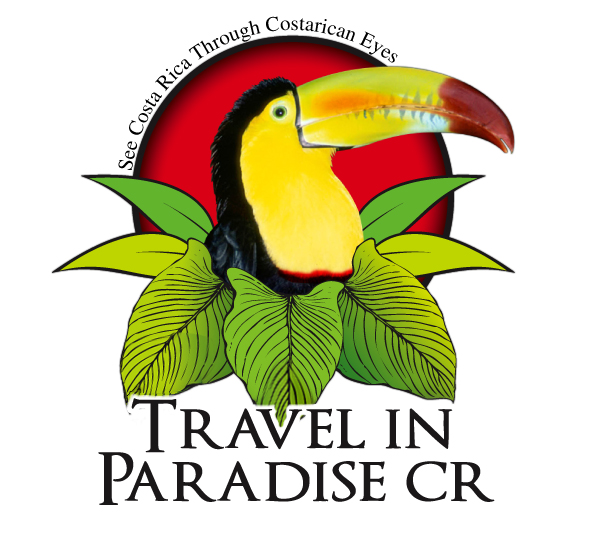Exploring Costa Rica’s Turtle Nesting Beaches 🌴🐢
Costa Rica, a land known for its stunning biodiversity and vibrant ecosystems, offers a unique experience for nature enthusiasts: witnessing the awe-inspiring spectacle of sea turtles nesting on its pristine beaches. Whether you’re a seasoned traveler or a curious beginner, exploring these turtle nesting sites can be both a thrilling adventure and a meaningful contribution to conservation efforts. Let’s dive into the essential details about this incredible journey.
Table of Contents
1. Introduction to Costa Rica’s Turtle Nesting Beaches
2. Best Turtle Nesting Sites in Costa Rica
3. The Nesting Seasons and What to Expect
4. How to Respectfully Witness Turtle Nesting
5. Conclusion
6. FAQs

Introduction to Costa Rica’s Turtle Nesting Beaches
Costa Rica’s coastline stretches over 800 miles, providing a sanctuary for various species of sea turtles. These majestic creatures travel thousands of miles to lay their eggs on the same beaches where they were born—a natural phenomenon that has captured the hearts of many. From the Caribbean coast to the Pacific shores, each beach offers unique experiences and species.
Best Turtle Nesting Sites in Costa Rica 🌊
Here are some of the best beaches to witness this natural wonder:
Tortuguero National Park 🏞️
Located on the Caribbean coast, Tortuguero is perhaps the most famous turtle nesting site in Costa Rica. It’s the prime nesting ground for green turtles, and visiting between July and October will give you the best chance to see them.

Ostional Wildlife Refuge 🌅
On the Pacific coast, Ostional is known for the spectacular arribadas—mass nesting events of olive ridley turtles. These typically occur during the rainy season, from August to December.
Playa Grande 🌴
Part of Las Baulas National Marine Park, Playa Grande is a crucial nesting site for the leatherback turtle. Plan your visit between October and March for a chance to see these giants in action.
The Nesting Seasons and What to Expect 🗓️
The timing of your visit is essential to maximize your chances of witnessing turtle nesting. Different species nest at different times of the year, so it’s important to plan accordingly:
Green Turtles: July to October in Tortuguero.
Olive Ridley Turtles: Year-round, but peak from August to December in Ostional.
Leatherback Turtles: October to March in Playa Grande.
How to Respectfully Witness Turtle Nesting 🐢
Being a part of this natural spectacle comes with the responsibility to protect and respect the wildlife:
– Always maintain a safe distance from the turtles.
– Avoid using flash photography or bright lights, as they can disorient the turtles.
– Follow the guidance of local guides and experts to minimize your impact.
– Consider participating in conservation programs to contribute positively to the turtles’ habitat.
Conclusion
Exploring Costa Rica’s turtle nesting beaches is a remarkable way to connect with nature and support conservation efforts. By choosing to visit responsibly, you can enjoy this unforgettable experience while ensuring that future generations of turtles continue to thrive. 🌟
FAQs
Q: When is the best time to visit Costa Rica for turtle nesting?
A: The best time depends on the species you wish to see. Green turtles are best seen from July to October, olive ridley turtles from August to December, and leatherback turtles from October to March.
Q: Can I touch the turtles or their eggs?
A: No, touching the turtles or their eggs can harm them and disrupt their natural behavior. Always observe from a distance.
Q: Do I need a guide to see the turtles?
A: While not mandatory, hiring a guide is highly recommended as they ensure you have a safe and educational experience while minimizing your impact on the turtles.
Embark on this adventure with respect and wonder, and you’re sure to leave with memories that last a lifetime. 🌍


Recent Comments